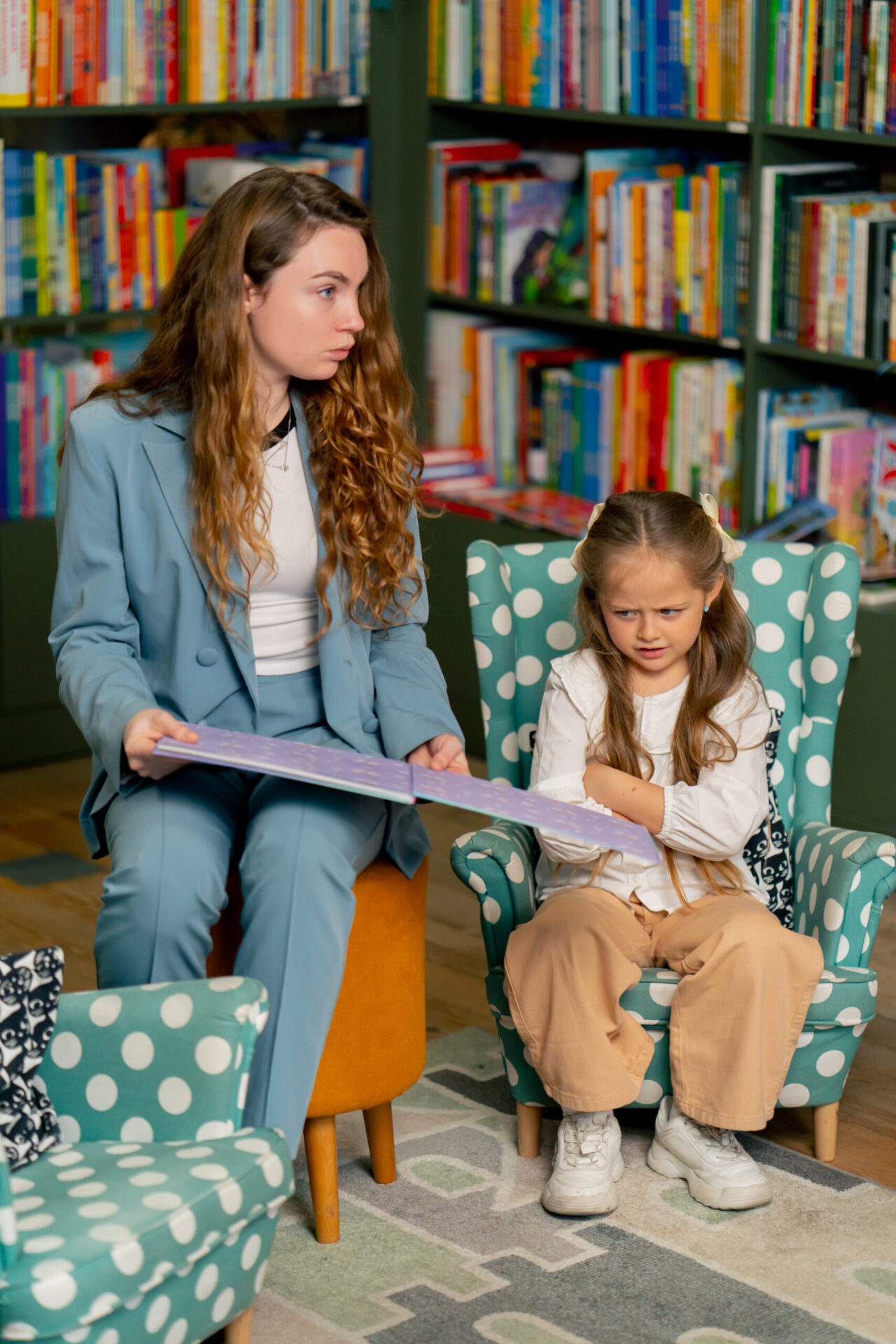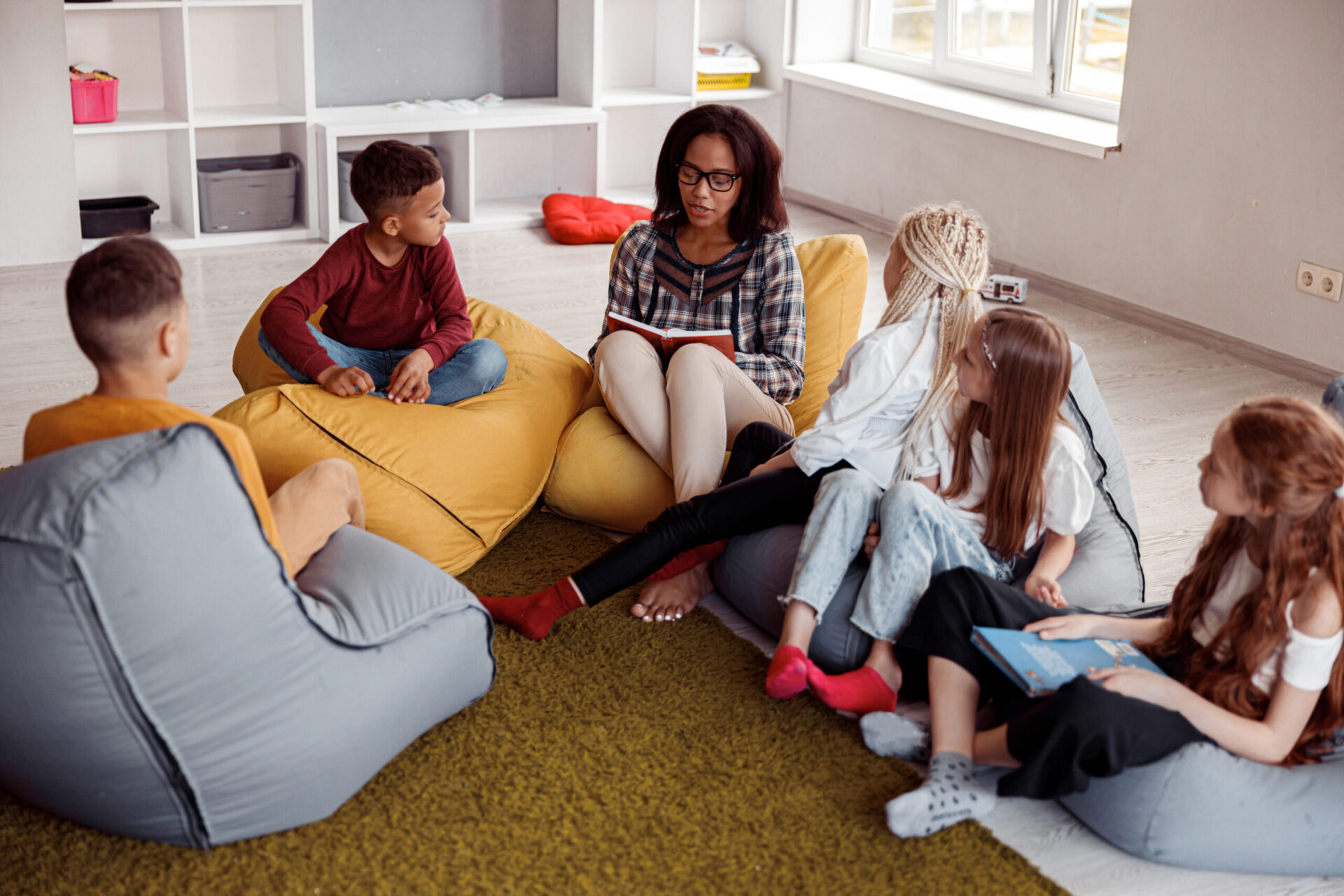
Boost Learning with the Lindamood Bell® Program

How the Lindamood Bell® Program Works
The Lindamood Bell® program focuses on developing essential sensory-cognitive functions. Through structured sessions, students work on:
- Symbol Imagery: Visualizing letters and words to enhance decoding and spelling.
- Concept Imagery: Creating mental pictures from language to improve comprehension and critical thinking.
These foundational skills are key to overcoming challenges with reading and comprehension, making the Lindamood-Bell learning processes® a powerful tool for educational growth.
Why Choose the Lindamood Bell® Program?
The Lindamood Bell program is renowned for its research-backed methodologies that enhance reading and comprehension through sensory-cognitive instruction. This program is designed to meet the unique needs of each learner, ensuring they receive the specific support they need to thrive academically.
Lindamood Bell Learning Processes®
At the heart of the Lindamood Bell learning processes® are specialized programs like Visualizing and Verbalizing® and Seeing Stars®. These programs focus on building the imagery-language connection essential for strong reading comprehension and word recognition.
- Visualizing and Verbalizing® Training: This aspect of the program enhances comprehension by teaching students to create mental images from language, which is crucial for understanding and remembering what they read.
- Seeing Stars® Reading Program: This component improves reading fluency by developing the ability to visualize the orthographic structure of words, making reading more fluent and automatic.

This program utilizes research-based strategies from the Lindamood-Bell® program, a highly effective approach to improving reading and comprehension skills. Whether your child is struggling with dyslexia, ADHD, or other learning challenges, our tailored Lindamood Bell® sessions provide support to foster significant academic growth.

Lindamood Bell vs. Orton Gillingham
While both Lindamood Bell® and Orton Gillingham are highly regarded for addressing learning challenges, The Lindamood-Bell® approach emphasizes imagery and sensory-cognitive development, making it widely recognized for helping students strengthen visual and auditory processing skills.
Choosing between Orton Gillingham and Lindamood Bell® depends on your child's needs. Orton Gillingham is phonics-based and excellent for decoding, while Lindamood Bell® enhances comprehension and fluency through sensory-cognitive strategies. At Learnability, we assess each student's needs to determine the best approach.

Personalized Programs for Reading and Comprehension Success
Lindamood-Bell® programs are recognized for their unique approach to developing sensory-cognitive skills. While these methods have been widely studied, each child has different learning needs. Strategies such as Seeing Stars® for fluency and Visualizing and Verbalizing® for comprehension are well-known in structured literacy instruction. Families seeking additional support may explore specialized tutoring options to complement these learning approaches.
Customized Learning for Every Student
Individualized learning plans can help students develop their unique strengths. Lindamood-Bell® learning processes focus on sensory-cognitive instruction, and their research-based strategies are widely recognized in education. Assessments play a key role in identifying areas for improvement, allowing families to explore instructional methods that best support a child’s learning journey
The Impact of Lindamood Bell® on Academic Achievement
Students who participate in the Lindamood Bell® program often see significant improvements not only in reading and comprehension but also in their overall academic performance. By strengthening the core cognitive functions necessary for learning, the program helps students gain confidence, participate more actively in class, and achieve better grades. The long-term impact of these skills extends beyond the classroom, fostering a lifelong love of learning.

How the Lindamood Bell® Program Supports Learning
If your child is struggling with reading and comprehension, don't wait to get them the help they need. These programs are dedicated to unlocking your child’s full potential through personalized learning solutions. help your child succeed with the proven strategies of the Lindamood Bell® programs.
Note: The Learnability is NOT Lindamood-Bell Learning Processes®. The Learnability is NOT affiliated with, certified, endorsed, licensed, monitored or sponsored by Lindamood-Bell®, Nanci Bell, Phyllis Lindamood or Patricia Lindamood. Lindamood-Bell®—an international organization creating and implementing unique instructional methods and programs for quality intervention to advance language and literacy skills—in no way endorses or monitors the services provided by The Learnability.
Frequently Asked Questions (FAQs)
Q. Does Lindamood Bell® help Dyslexia?
A. Yes, evidence shows Lindamood-Bell® helps dyslexic learners:
1. Research: Studies report improved reading skills and comprehension in dyslexic students.
2. Brain studies: Increased brain activity in reading areas post-program.
3. School results: Schools using Lindamood-Bell® see higher literacy scores.
Q. How much does Lindamood Bell® Academy cost?
A. To find out the cost of Lindamood Bell®, please use our “Contact Us” form or email us directly. Our customer support team will respond promptly with all the details you need.
Q. Is Lindamood Bell® evidence-based?
A. Yes, Lindamood-Bell® is evidence-based:
1. Peer-Reviewed Studies: Published research, including in Annals of Dyslexia and Learning Disabilities Research & Practice, shows significant reading improvements for students after Lindamood-Bell® interventions.
2. Controlled Trials: Studies with randomized control groups have demonstrated that Lindamood-Bell® programs improve literacy skills, especially for those with dyslexia and learning disabilities.
3. Neuroimaging Evidence: Brain studies (e.g., NeuroImage) show increased activity in areas tied to reading skills, suggesting that the program supports neurological changes.